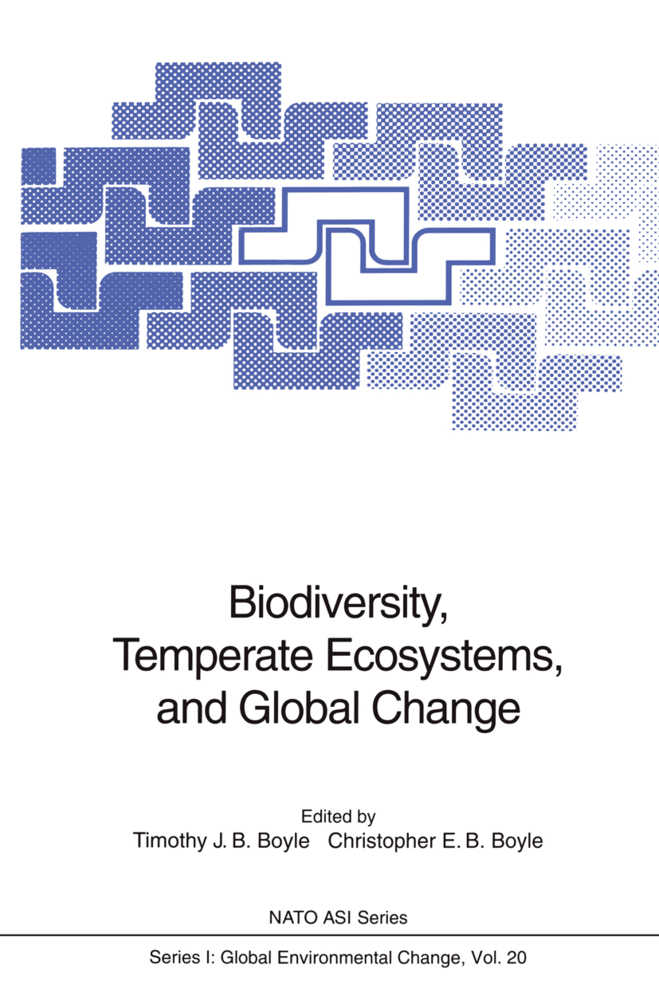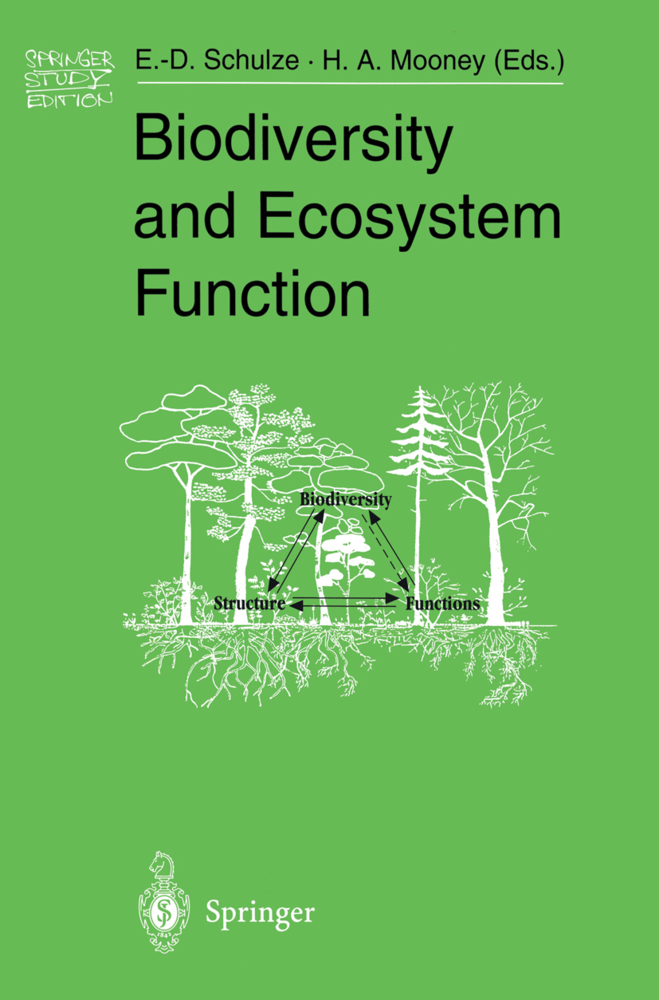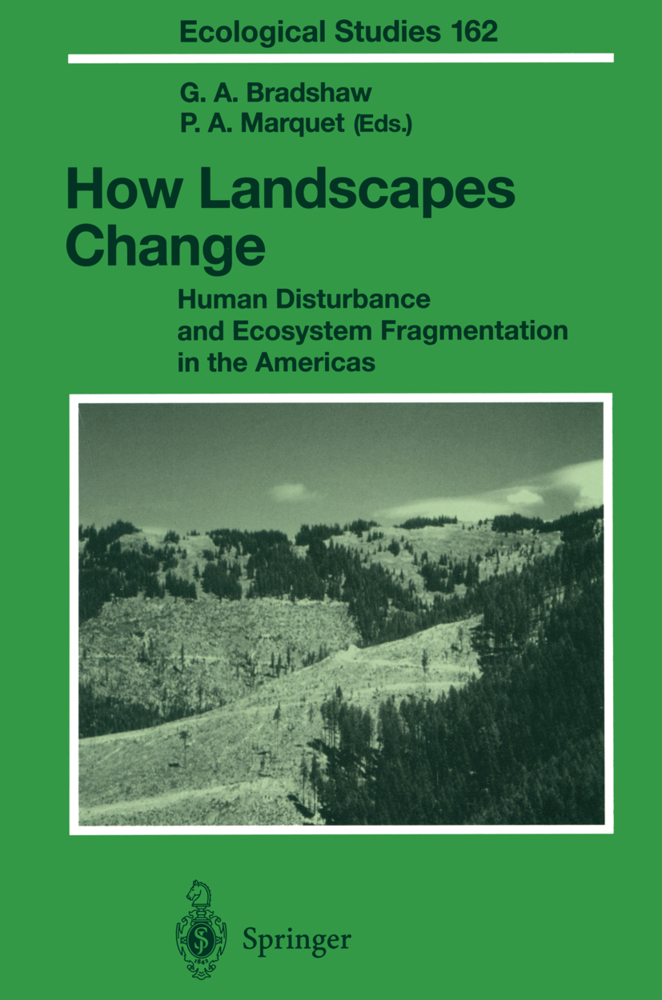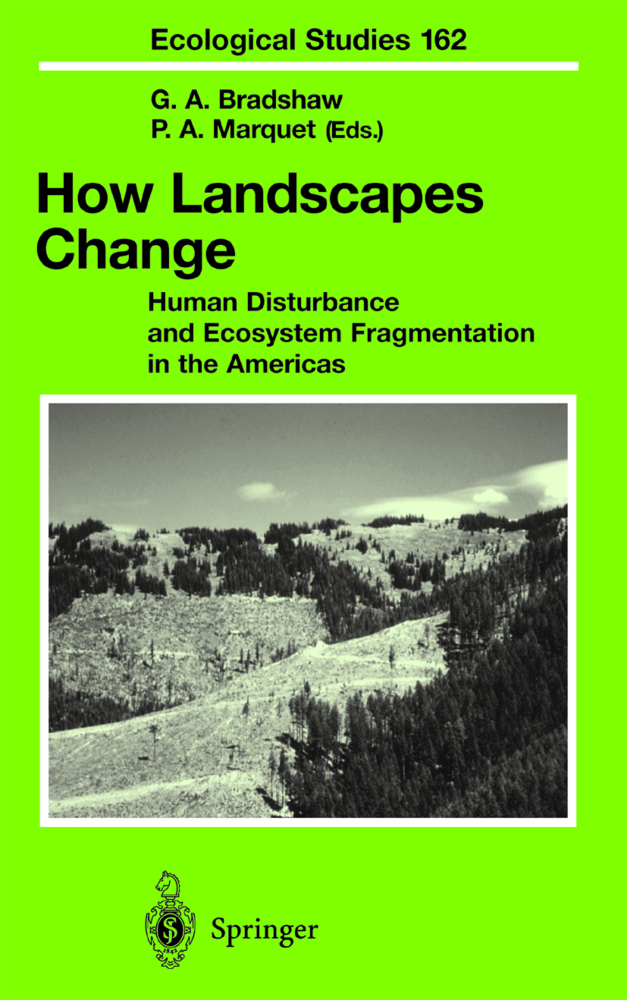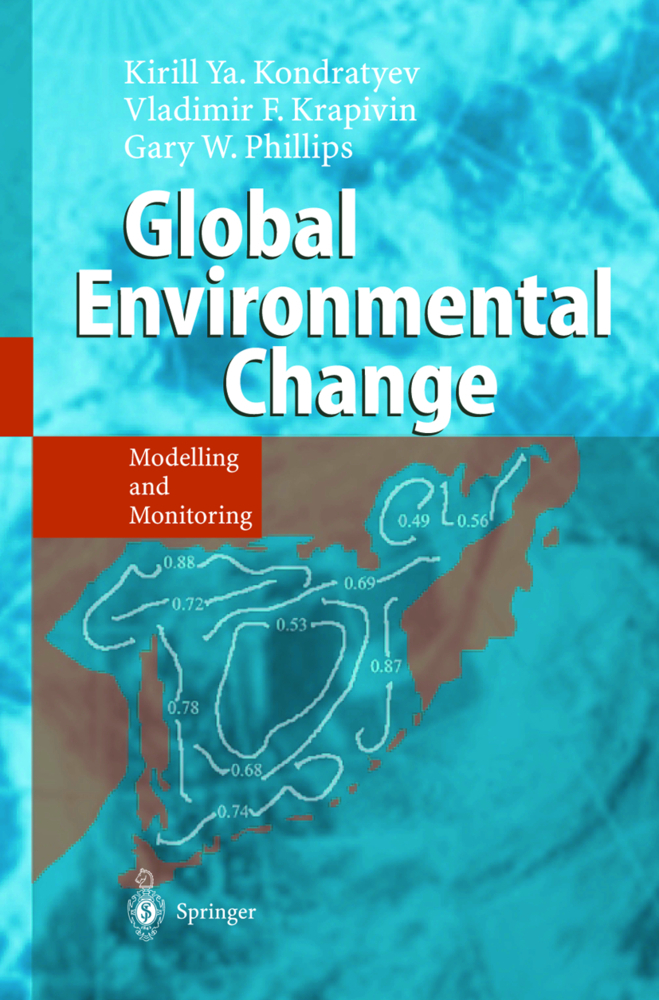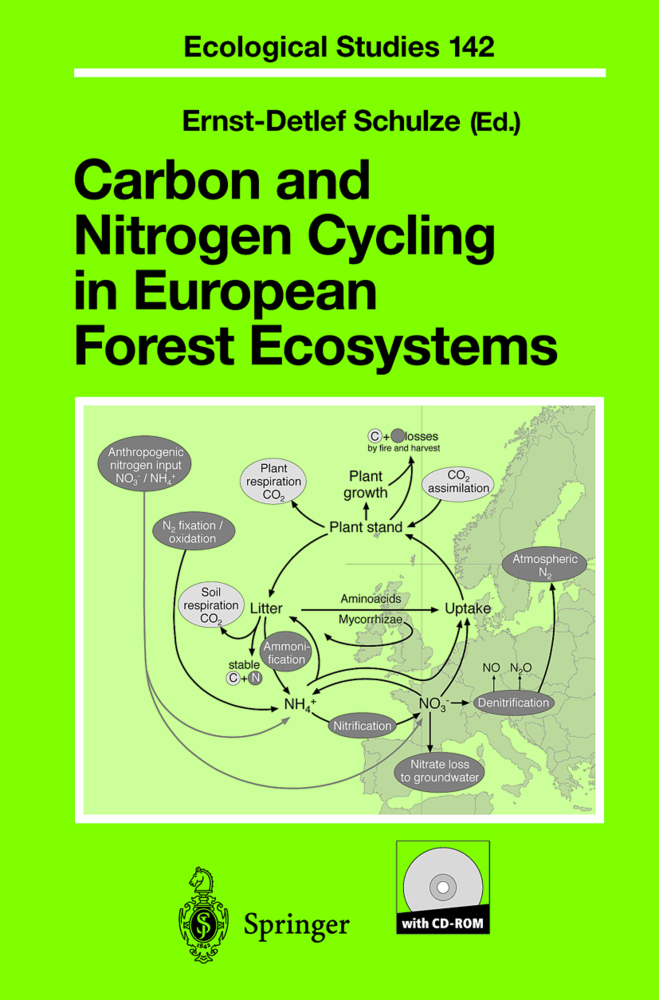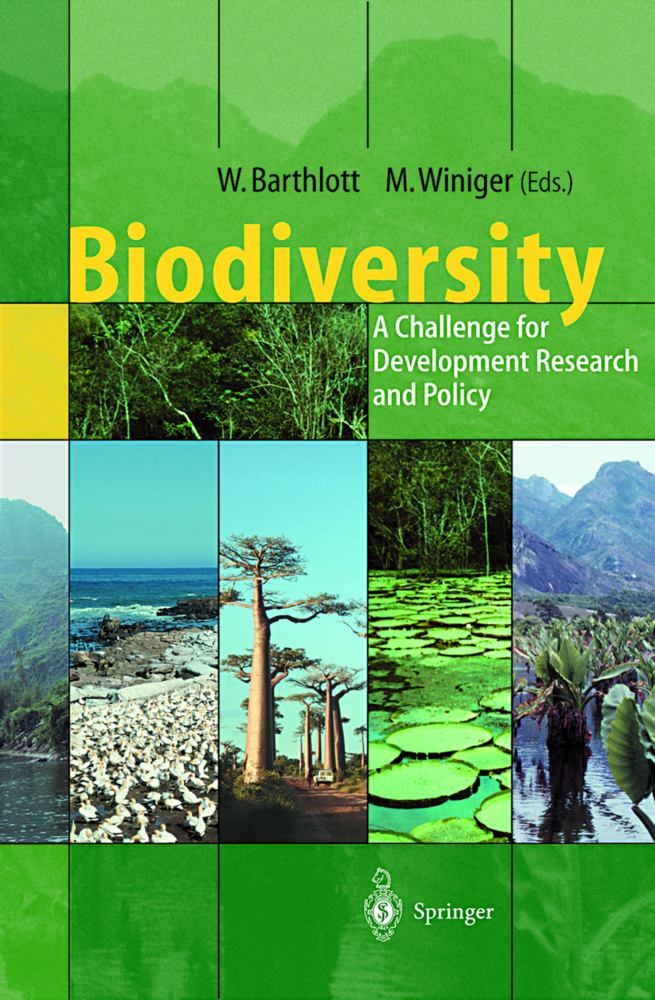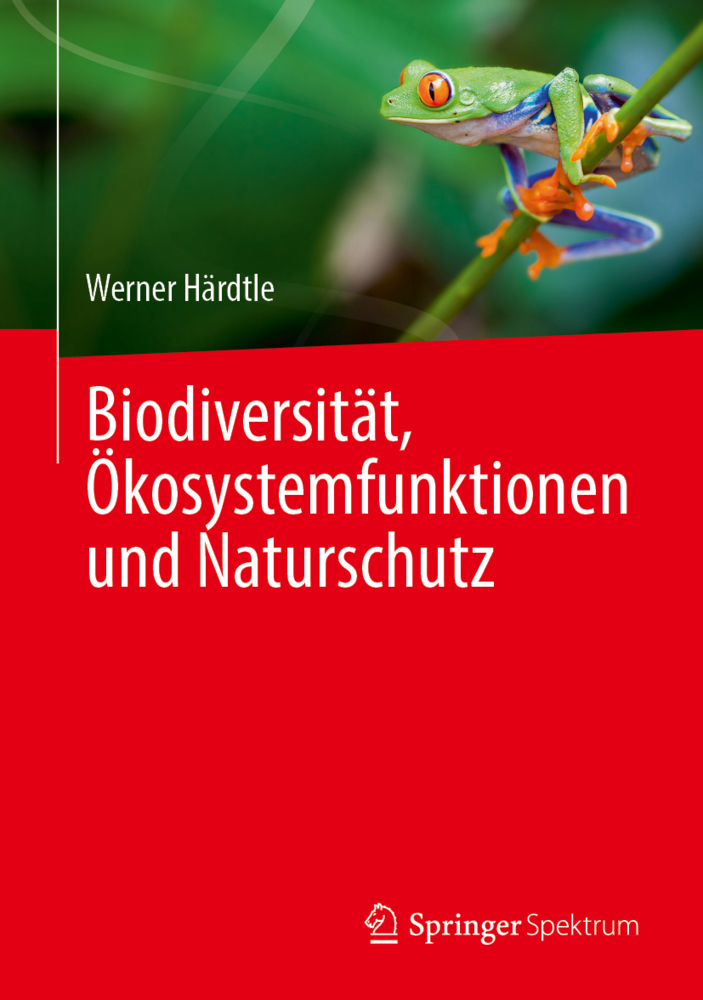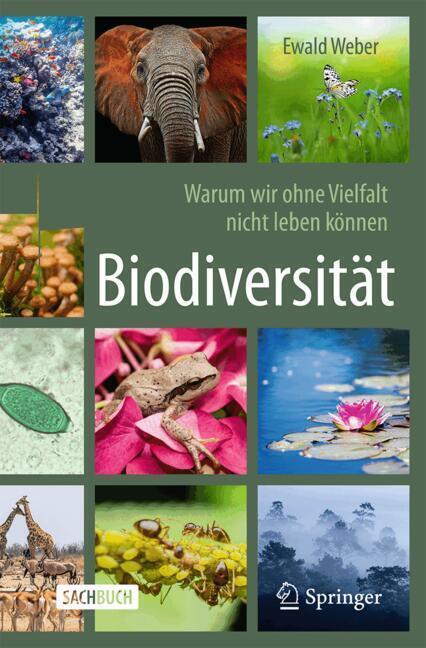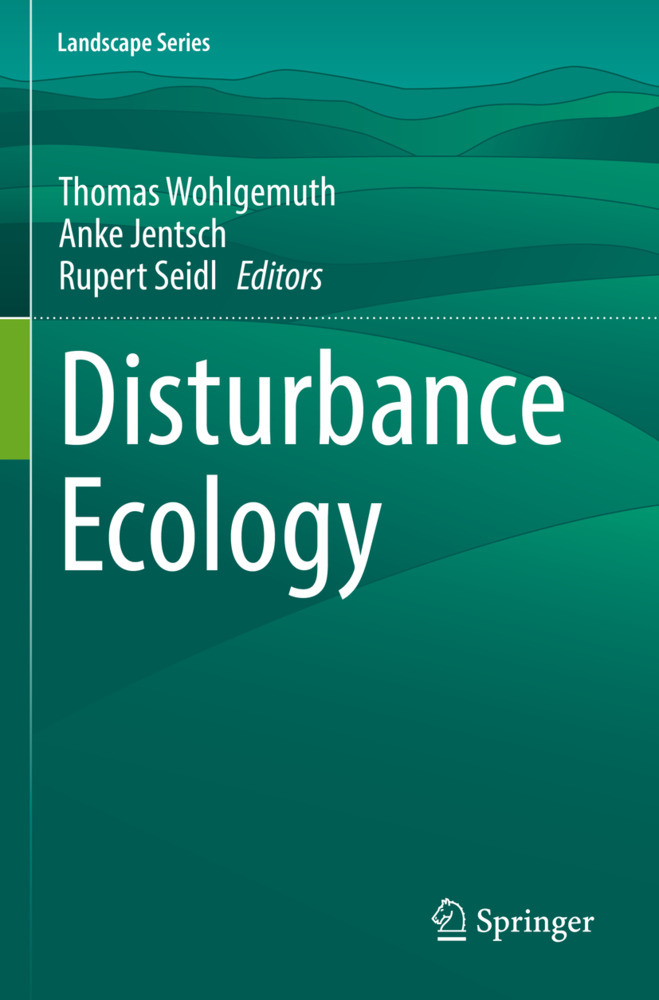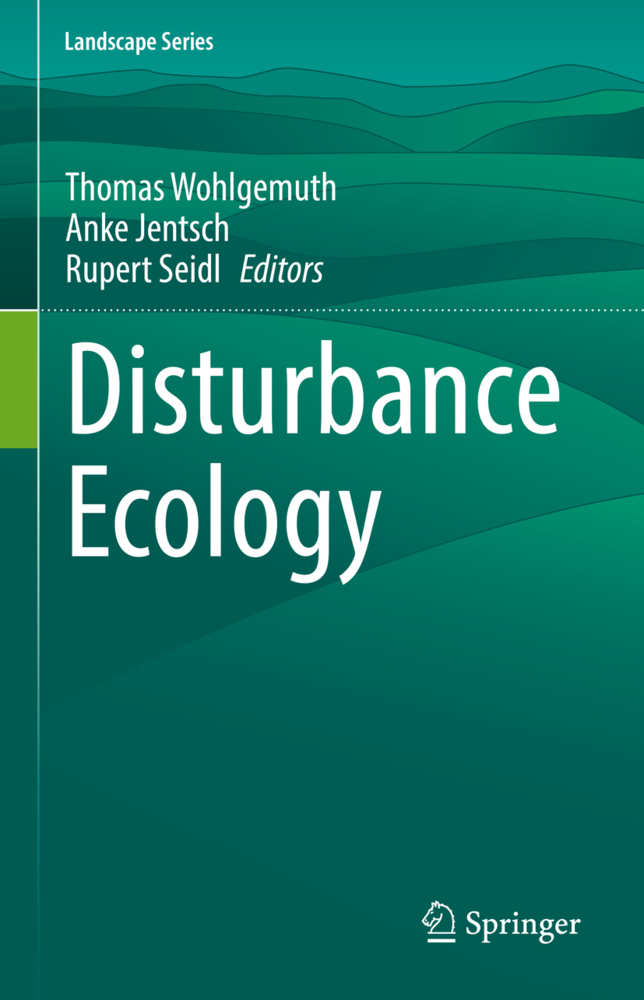Biodiversity, Temperate Ecosystems, and Global Change
Biodiversity, Temperate Ecosystems, and Global Change
Reviewed here is the current state of knowledge concerning the relationship between global change and biodiversity of temperate ecosystems. The aim is to improve the ability to conserve biodiversity under conditions of global change.
The book focuses on:
- The threats posed by global change to biodiversity in temperate ecosystems; - Levels and spatial patterns of diversity in temperate ecosystems; - The impact of global change on genetic diversity; - The effects of disturbance (natural and anthropogenic) on temperate ecosystems; - Existing research priorities and programmes.
2: Social factors as driving forces: towards interdisciplinary models of global change
3: The natural impermanency of most temperate wetlands
4: Predicting the fate of temperate species in response to human disturbance and global change
5: Ground beetles in a changing environment: determinants of species diversity and community assembly
6: Fungal species diversity and forest ecosystem functioning in the Netherlands
7: Effects of former land use on plant species diversity and pattern in European deciduous woodlands
8: Impact of global change on genetic diversity of temperate ecosystems
9: Strategies for conserving genetic diversity in the face of global change
10: The genetic response of plant populations to a changing environment: the case for non-Mendelian processes
11: The effects of natural disturbance on plant communities in temperate ecosystems
12: Ecological processes linking forest structure and avian diversity in western Oregon
13: Fire and diversity in Canadian ecosystems
14: Consequences of a 150 years' history of human disturbances in some forest ecosystems
15: Soil arthropods for faunal indices in assessing changes in natural value resulting from human disturbances
16: Changes in the species diversity of ground beetles (Coleoptera, Carabidae) following disturbances
17: Biodiversity of the Wadden Sea (Denmark, Germany, the Netherlands): recent changes and future projections
18: Interactions between tree species and their effects on nitrogen and phosphorus transformations in the forest floor
19: A research agenda for global change in Finland: research prioritiesfor the conservation and sustainable use of biodiversity
20: Biodiversity, global change and forest management: a Québec perspective
21: Research needs and opportunities: the response of forest biodiversity to global change
22: Biodiversity and climate change: identifying an economic research agenda
23: Biodiversity research needs and opportunities, the role of international scientific organizations: the Diversitas example
24: Conclusions, and a research agenda for biodiversity, temperate ecosystems, and global change.
The book focuses on:
- The threats posed by global change to biodiversity in temperate ecosystems; - Levels and spatial patterns of diversity in temperate ecosystems; - The impact of global change on genetic diversity; - The effects of disturbance (natural and anthropogenic) on temperate ecosystems; - Existing research priorities and programmes.
Biodiversity, Temperate Ecosystems and Global Change: Introduction to the NATO Advanced Research Workshop
1: Conservation strategies in the face of global change2: Social factors as driving forces: towards interdisciplinary models of global change
3: The natural impermanency of most temperate wetlands
4: Predicting the fate of temperate species in response to human disturbance and global change
5: Ground beetles in a changing environment: determinants of species diversity and community assembly
6: Fungal species diversity and forest ecosystem functioning in the Netherlands
7: Effects of former land use on plant species diversity and pattern in European deciduous woodlands
8: Impact of global change on genetic diversity of temperate ecosystems
9: Strategies for conserving genetic diversity in the face of global change
10: The genetic response of plant populations to a changing environment: the case for non-Mendelian processes
11: The effects of natural disturbance on plant communities in temperate ecosystems
12: Ecological processes linking forest structure and avian diversity in western Oregon
13: Fire and diversity in Canadian ecosystems
14: Consequences of a 150 years' history of human disturbances in some forest ecosystems
15: Soil arthropods for faunal indices in assessing changes in natural value resulting from human disturbances
16: Changes in the species diversity of ground beetles (Coleoptera, Carabidae) following disturbances
17: Biodiversity of the Wadden Sea (Denmark, Germany, the Netherlands): recent changes and future projections
18: Interactions between tree species and their effects on nitrogen and phosphorus transformations in the forest floor
19: A research agenda for global change in Finland: research prioritiesfor the conservation and sustainable use of biodiversity
20: Biodiversity, global change and forest management: a Québec perspective
21: Research needs and opportunities: the response of forest biodiversity to global change
22: Biodiversity and climate change: identifying an economic research agenda
23: Biodiversity research needs and opportunities, the role of international scientific organizations: the Diversitas example
24: Conclusions, and a research agenda for biodiversity, temperate ecosystems, and global change.
Boyle, Timothy J.B.
Boyle, Christopher E.B.
| ISBN | 978-3-642-78974-8 |
|---|---|
| Artikelnummer | 9783642789748 |
| Medientyp | Buch |
| Copyrightjahr | 2011 |
| Verlag | Springer, Berlin |
| Umfang | VI, 456 Seiten |
| Abbildungen | VI, 456 p. |
| Sprache | Englisch |

